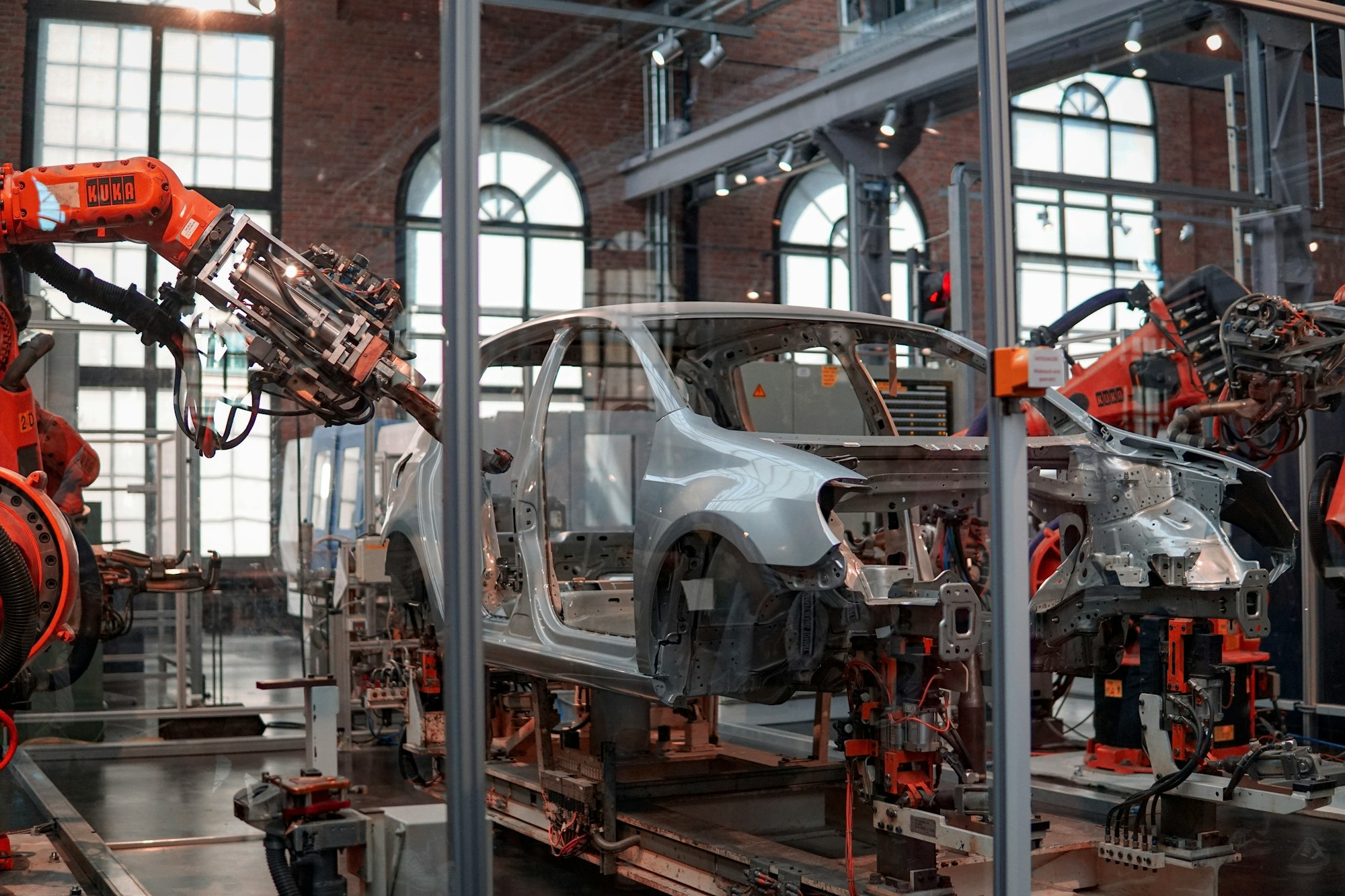Autonomous Cars: Liability Issues

Autonomous vehicles are viewed as a potential multitrillion-dollar market. Hence, firms developing almost full autonomous car talk up the technology’s polished potential to improve road safety. We hope that they had better be right – for financial as well as humane reasons. Let alone the fact that car manufacturers will bear most of the liability for crashes, fatal injuries caused by partially or wholly defective autonomous cars have detrimental and traumatic impacts on people's life. Businesses in this field have a long history of product recalls and compensation pay-outs for the failures of far simpler systems.
Google’s parent company Alphabet’s self-driving car “Waymo” runs robotaxis in the US, Tesla on the other hand works feverishly on full autonomous modes. Also, GM and Ford plans to deliver self-driving vehicles by mid-decade, which further received praise from President Joe Biden. Other European and Asian companies such as Volkswagen, Toyota, BMW and Mercedes have been producing EV cars full on electric for the last couple years, and nowadays they started to close the gap with its competitors from the North America when it comes self-driving modes. The push has prompted the UK’s Law Commission to propose that users of autonomous vehicles should have immunity from a wide range of motoring offences, including dangerous driving.
Legal responsibilities of self-driving cars less clear-cut. Owners will sometimes have to take the wheel in an emergency or in heavy weather conditions such as rain or snow. German legislators consider they should then be legally responsible. The Law Commission of the UK says such carve-outs are impracticable. Under the proposals, automotive producers and/or software developers will require sufficient funds to arrange recalls and pay administrative fines or any other legal compensations. That may be stifle the emergence of innovative start-ups such as Rivian.
What could be the solution to all these liability related issues arising from self-driving cars? Perhaps they could buy insurance? However, autonomous cars would be a greater headache for any insurance firm than its other speciality lines. To be fair, the risks in screeds of computer code are hard to assess but not impossible. The International Underwriting Association of London raises the possibility of numerous accidents occurring simultaneously. That could pose a risk to insurers’ solvency, it says.
None of the above will deter developers that is to be certain. China’s Geely that owns Volvo Cars plans to have self-driving cars by 2024 while Volkswagen expects them to transform the whole industry. It recently earmarked €89bn for electric vehicle and software development.
We are of the opinion that carmakers will end up provisioning for claims raised by ambulance-chasing lawyers too. Asymmetries in blame culture make them highly vulnerable. Also, popcorn news fashion will have its toxic impact on them because only autonomous car related accidents attract media coverage meanwhile human errors cause ninety (90) per cent of road-traffic crashes. As Tesla’s owner Elon Musk acknowledged recently, self-driving vehicle makers may not be rewarded for the lives they save. They should, though, expect to be punished for those that are lost.
Despite the undeniable benefits, the adoption of autonomous vehicles and C-ITS presents complex legal and regulatory challenges for stakeholders and lawmakers in the world’s transport infrastructure space. Autonomous vehicles go against the current regulatory paradigm, being that a person has a central and clearly defined role in each stage of a car’s journey from manufacture to the road. The data-driven nature of autonomous vehicles also raises a new set of legal problems to be solved. A few of the key legal challenges are considered below, including privacy issues, cyber security threats and motor accident injury insurance reform. These are by no means exhaustive, but offer an insight into some of the complexities that will need to be resolved before automated vehicles are ready for wholesale rollout.
The content of this article is intended to provide a general guide to the subject matter. Specialist advice should be sought about your specific circumstances.
